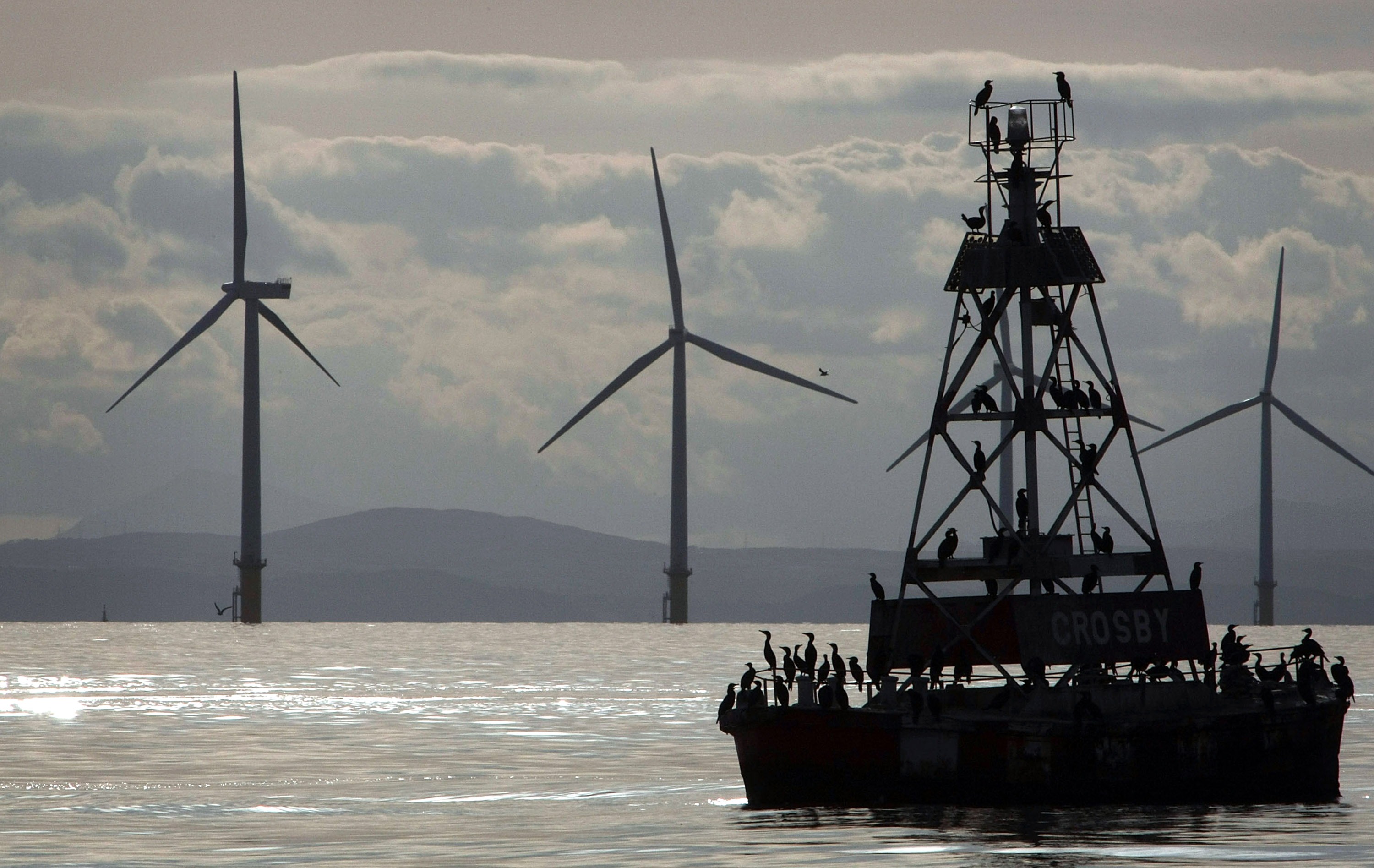Can the UK ditch coal without fracking?

The UK government has promised to ditch coal within the next decade. But does this mean more gas?
It could do. That’s definitely what the UK’s energy and climate change secretary seems to have in mind.
Her speech mentioned gas 23 times and called for a new generation of gas fired power stations to help plug the gap. That’s partly why she also advocated continuing the somewhat delayed search for shale in the UK.
But she also suggested it’s not the only possible solution: “Some argue we should adapt our traditional model dominated by large power stations and go for a new, decentralised, flexible approach.
“Locally-generated energy supported by storage, interconnection and demand response, offers the possibility of a radically different model.”
It’s a model that could use much less gas (from fracking or otherwise) so what would it look like?
Replace coal with renewables
Right now nearly 30% of our power comes from coal with around 20% from renewable sources.
But if the government is to meet its targets to reduce carbon dioxide emissions then its independent climate advisers say that, within 15 years, 44-55% of the country’s power should come from renewables sources like wind, solar and hydro.
Not all of that would be on stream by 2025 – when coal must finally be phased out – but it would reasonable to assume that the fall in coal generation covered by the rise in renewables generation.
That means lots more offshore wind – the kind of big energy infrastructure trumpeted by the UK government – but it also means around 5 times more onshore wind and solar than we had last year.
And it’s not just about generating power renewably.
A study by the National Grid found that biogas produced from waste materials could meet between 5 -18% of the UK’s existing gas needs by 2020
That’s small and decentralised – but not something the government currently has in mind.
Use less
The smallest, most decentralised of changes to our energy system comes when someone changes how they use power or heating in their home.
In the UK – efficiency could reduce power demand by around a third according to consultants McKinsey – reducing the need for new gas or coal plants substantially.
A study by Cambridge Econometrics based on scenarios from the government’s independent climate advisers suggested UK gas imports would end up 45% lower (worth about £8bn a year) by 2030 if the government pushed for a 65% renewable energy target by 2030 (about double the likely deployment by 2020).
Bringing it all together, a study by the National Grid found that if the UK takes steps to invest in clean energy and improve efficiency – in line with our legal commitments on tackling climate change – gas use will fall by over 40% by 2030 under their ‘gone green’ scenario.
Over the long term – by 2050 – the UK government’s climate advisers have recommended that both power and heating are gas free.
Guidance provided to Unearthed by the CCC and analysed alongside data from the Department of Energy and Climate Change and other sources suggests that means UK gas demand will by about 70% lower.
More cables, smarter energy
The funny thing about a small, decentralised model is that it does rely on one big thing from the government – new cables.
Instead of building new rigs or pipelines we would need new, high voltage, power cables across Europe. They would both source power – such as geothermal from Iceland or onshore wind from Ireland – and allow us to provide power to other countries. It’s key to dealing with the main worry about renewable energy – the fact they are not “always on”.
In fact, an analysis by consultants Energynautics for Greenpeace based on European weather information for 2011 and data from the International Energy Agency (IEA) suggests it is possible to get 77% of Europe’s electricity from renewable sources by 2030 – through smart grids, demand management, gas backup and big changes in how our power grid works.
A similar analysis looking at hourly weather data for the UK found we could meet almost all our power needs for the UK from renewable sources if we invested in smart meters and demand side management.
With Google buying smart meter firm Nest, the googlification of power – using data to ensure power is used only when needed and when it is most widely available – could significantly cut gas use.
Government intervention
There’s one problem with all this.
New cables, support for energy efficiency, solar panels on fields in the countryside -these things may not need direct subsidies but they do need the government to want them to happen, so it creates the rules and frameworks which allow the market to operate.
Ultimately it’s not the market that will decide if we suddenly find we need lots of imported (or fracked) gas. Nor does it depend on phasing out coal. It’s ultimately up to ministers.

